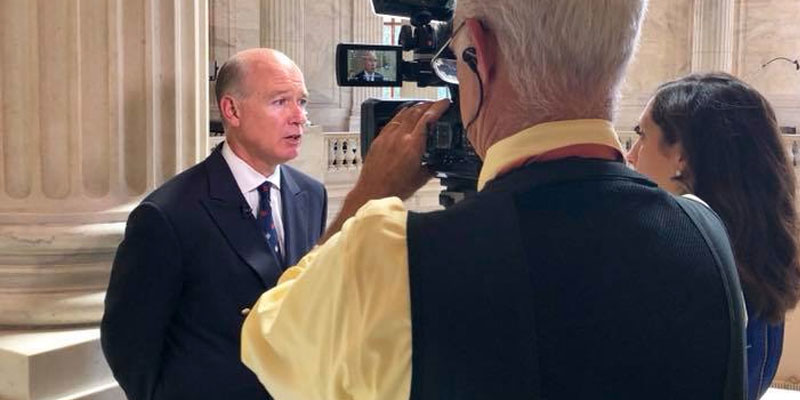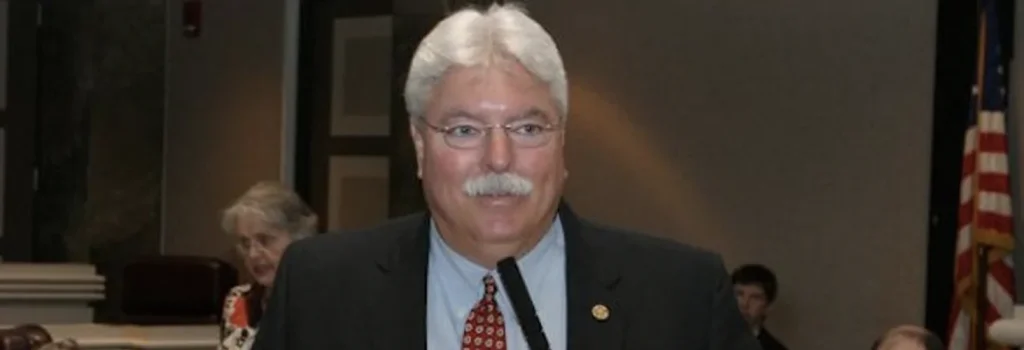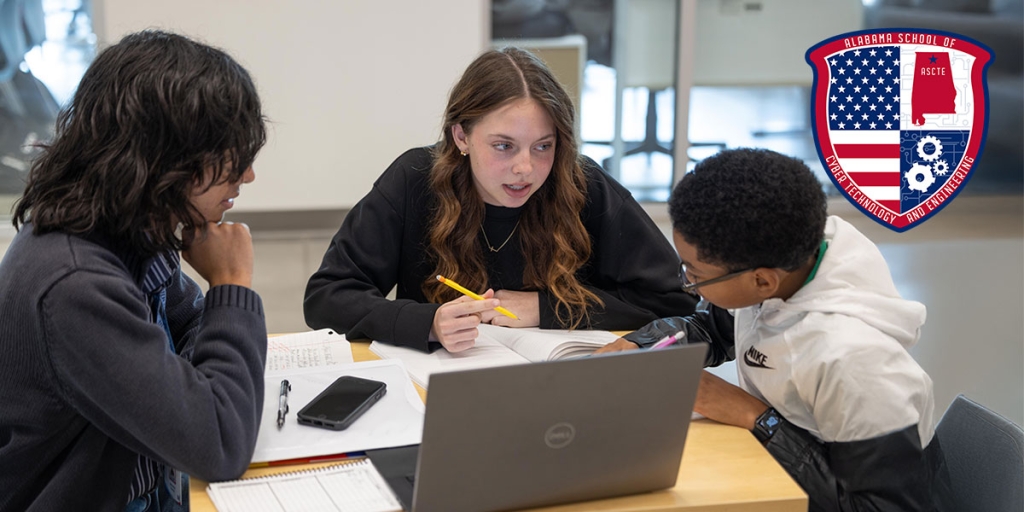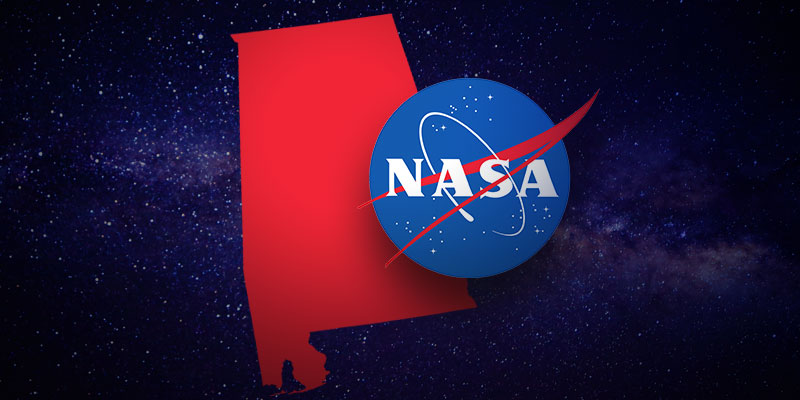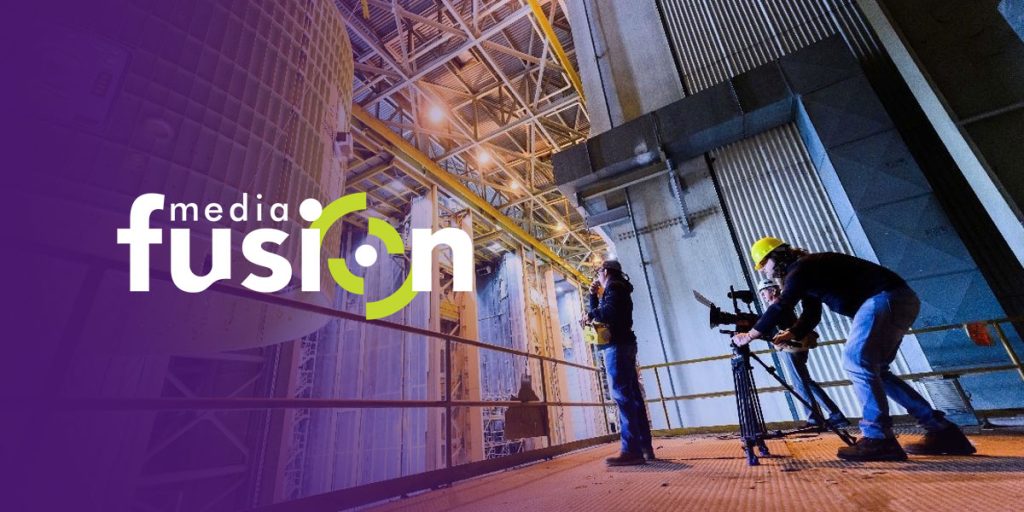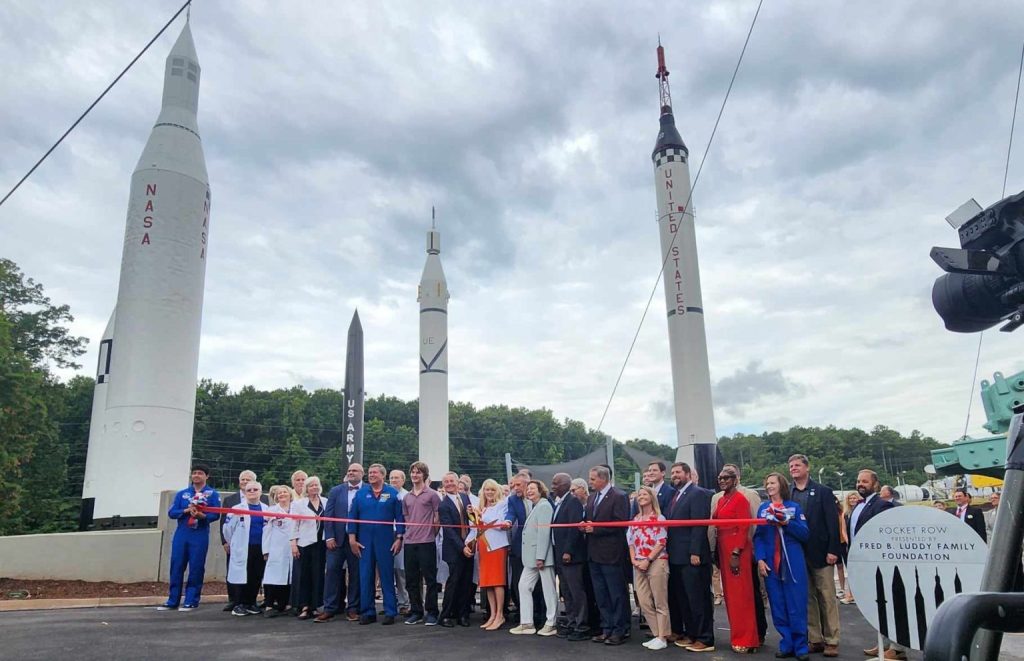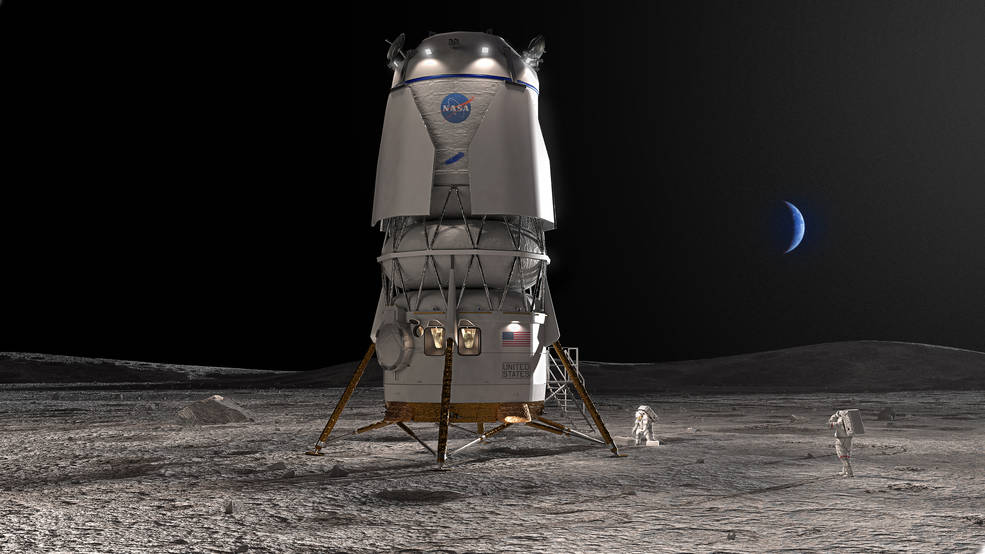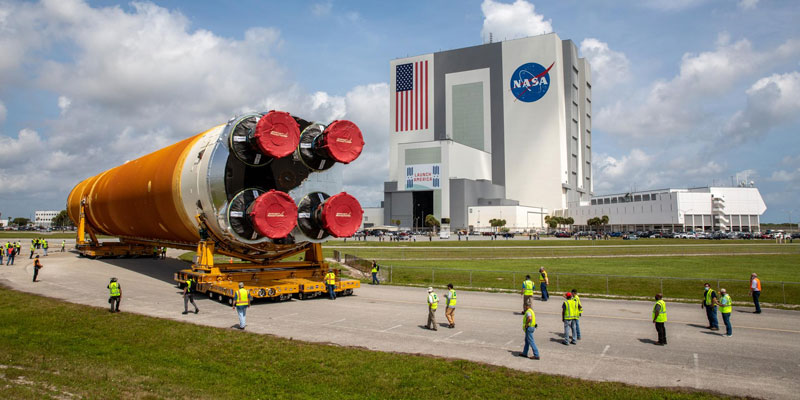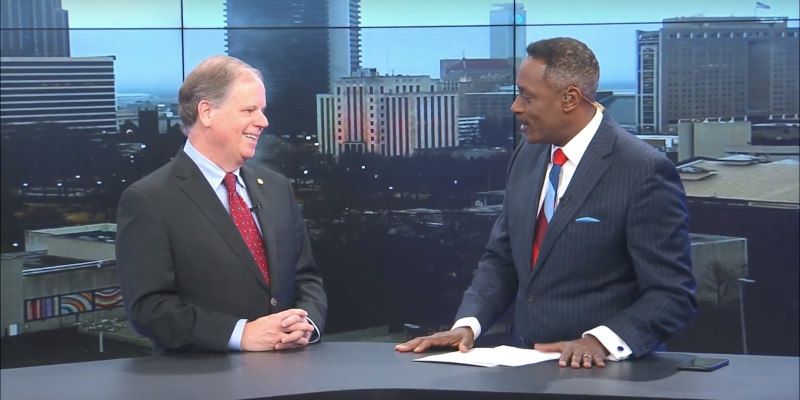U.S. Senate and House appropriations leaders on Monday released two compromise spending packages that would fund the federal government through the rest of Fiscal Year 2020.
Senator Richard Shelby (R-AL), the powerful chairman of the Senate Appropriations Committee, led the negotiations for his chamber, while House Appropriations Committee Chairwoman Nita Lowey (D-NY) spearheaded things for the lower chamber.
After the packages were released, Congressman Robert Aderholt (AL-04), himself a senior member of the House Appropriations Committee, released a lengthy statement in regard to funding for NASA and its Space Launch System (SLS) program.
The SLS program is managed out of Marshall Space Flight Center for NASA, while Boeing’s Huntsville-based Space and Launch division manages the company’s SLS work. Boeing is the current lead contractor for the core stages of the SLS — the most powerful rocket in world history that is set to power the Artemis program, which will bring Americans back to the surface of the Moon and then on to Mars. The SLS is the only rocket that can send the Orion spacecraft, astronauts and supplies to the Moon in a single mission.
In the Shelby-negotiated funding packages released Monday, NASA is funded at a total budget figure of $22.6 billion, an increase of $1.1 billion above FY 2019. According to SpaceNews.com, Shelby specifically got negotiators to adopt the Senate-passed funding level for SLS, which was higher than the level passed by the House. NASA’s total funding level in the compromise appropriations packages is over $300 million more than previously passed by the House.
Aderholt explained that the packages are full of good news for Alabama’s soaring aerospace industry.
“Today is a significant day for Marshall Space Flight Center’s continued leadership in our nation’s focus on space,” the North Alabama congressman stated.
He then outlined “four main ways that this bill is important:”
First, the funding bill that passed the House includes $2.586 billion for The Space Launch System. As the most powerful rocket ever made, the SLS will surpass even the Saturn V. We have worked hard to make the SLS, with its new upper stage, the rocket which will take us back to the moon and on into deep space. The great engineers and other leaders at Marshall Space Flight Center have made dramatic advances in manufacturing efficiency for the second rocket, including using both vertical and horizontal construction. I am confident that the work at Marshall on the SLS will be completed and stay on schedule. And that will allow plans for a production and launch tempo to deliver payloads that surpass what even the space shuttle could do.
Second, as part of the SLS funding, no less than $300 million is specified for the Exploration Upper Stage, EUS. In development since 2014, it is ready now to advance from design to production. This exciting next step is what secures American leadership in space. Compared to other available or soon to be available rockets, the SLS with an EUS, known as Block1B, will have the largest fairing in the world, and unequaled power to deliver payloads to the Moon and beyond. This means that very large items can be delivered already assembled inside the fairing. That greatly reduces the risk you face with multiple launches and trying to do assembly in space.
Third, back in August, it was announced that the Human Landing System would be managed at Marshall. Funding for 2020, is at $600 million, noted as “Advanced Cislunar and Surface Capabilities.” This funding allows NASA to make its planned schedule of awards and to continue its planning in order to land the first woman astronaut on the surface of the moon in 2024, the date President Trump has targeted. I look forward to working with the Administration in the upcoming fiscal years.
Fourth, this bill funds the Nuclear Thermal Propulsion program $110 million, including $80 million for a demonstration. Following years of research, this demonstration is crucial to including NTP in the planning discussions for the mission to Mars.
The House is expected to vote on the funding packages as soon as Tuesday. The Senate would then take the measures up. The packages are expected to pass both chambers on a bipartisan basis.
“We have positioned Huntsville and all of North Alabama to play a vital role in our push to go back to the moon and on to Mars,” Aderholt added. “I know one thing for sure, without the talents and expertise we have in our state, these goals cannot be achieved.”
“I’m proud of our team at NASA and the private companies involved in the overall space industry,” he concluded.
Aderholt and Shelby are both considered leading champions of the SLS program and NASA in general.
Sean Ross is the editor of Yellowhammer News. You can follow him on Twitter @sean_yhn




